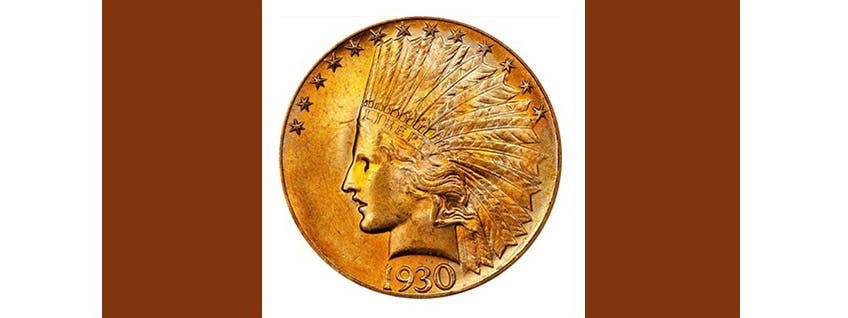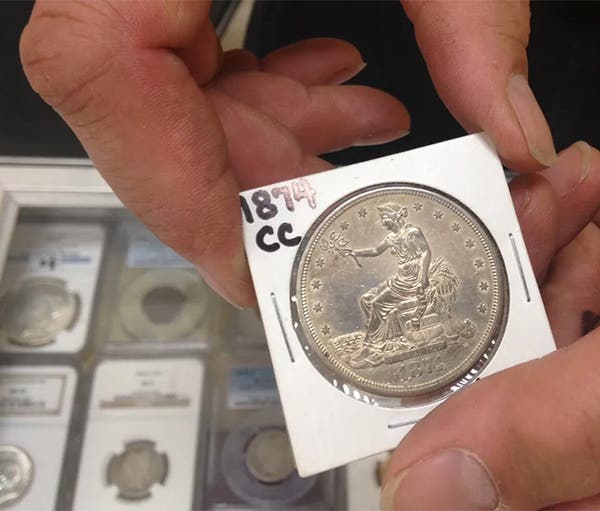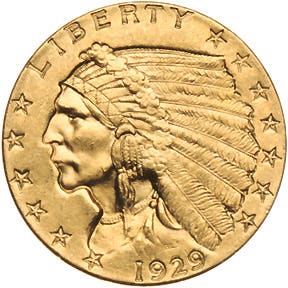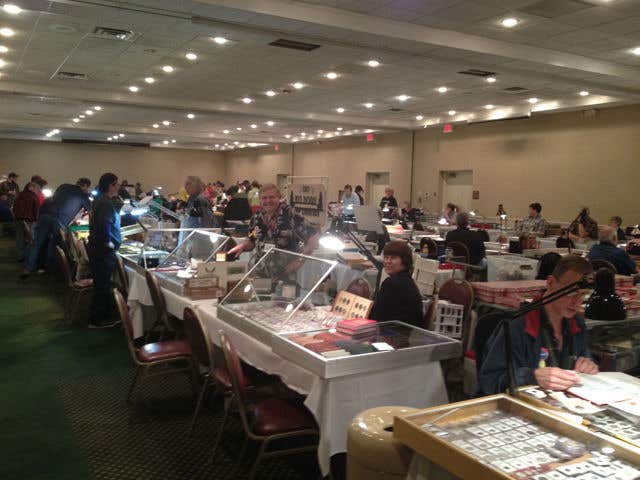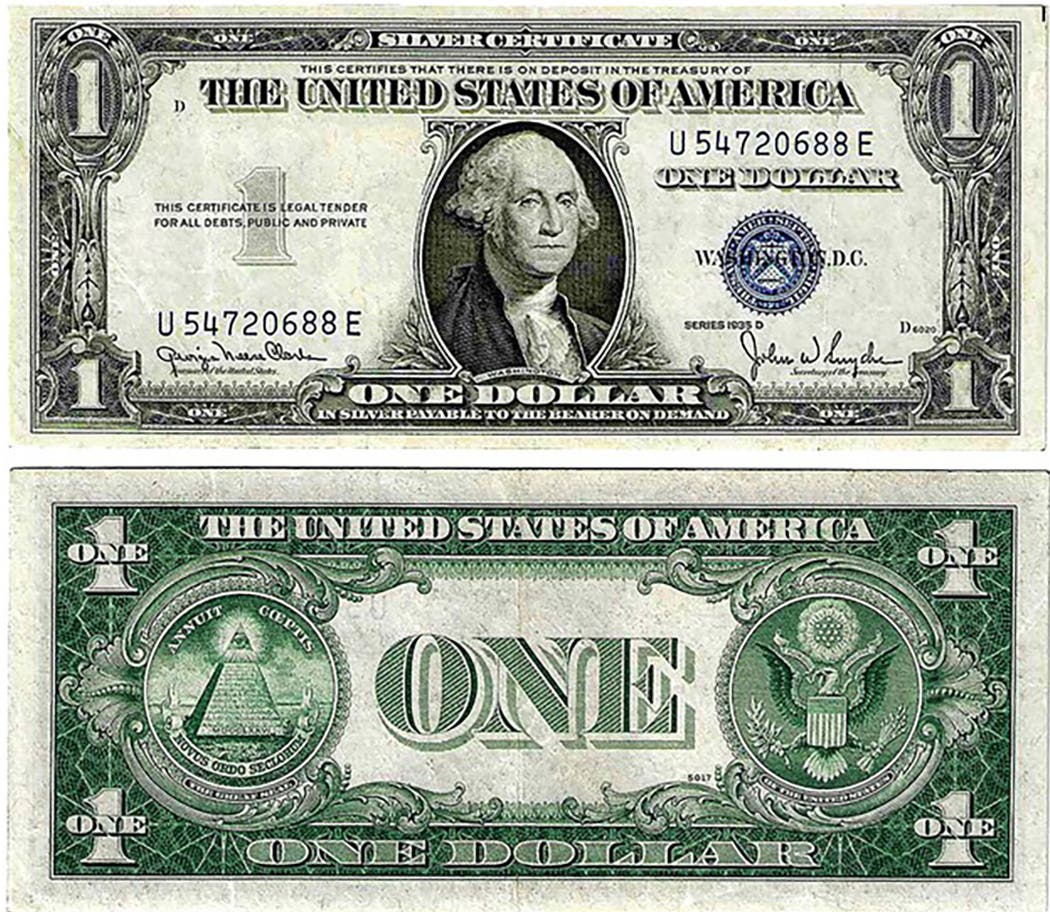1807 half dollars reflect early Mint history
In the entire history of half dollars, there have probably been few more interesting and diverse years than 1807. It was a year when collectors simply trying to keep up…
In the entire history of half dollars, there have probably been few more interesting and diverse years than 1807. It was a year when collectors simply trying to keep up with the different issues could almost have worn a path to their source of new coins, which makes for a truly fascinating story for collectors today.
It all started out innocently enough. Silver dollar production had ended in 1804, so the half dollar was the largest silver coin of the United States in regular production. That gave it a significant role to play. It was needed in all corners of a growing nation for use in regular commerce; it was used for bank reserves; and, in a few cases, it was probably shipped off to other countries. That is a lot of demand at a time when the U.S. Mint was not really up to massive coin production.
The first 1807 half dollar was the Draped Bust design, which had been in use with a heraldic eagle reverse since 1801. It would prove to be the last of this design, but its mintage of 301,076 pieces was a very solid production given that it was not for the entire year. At $220 today in G4 condition, this is an example of an early type that many can afford. Even in MS60, with a current price of $9,000, you have to feel you are getting a good deal.
While the last of the Draped Bust half dollars were being produced, their replacements were being prepared. Mint Director Robert Patterson and President Thomas Jefferson had decided that it was time for new designs, and Patterson had just the man for the job: John Reich.
It appears that Jefferson was a little less convinced, but he eventually went along with hiring Reich, as engraver Robert Scot was in his mid 60s and from the wrong political party. Reich got the $600-a-year job, and the United States got a new Capped Bust half dollar design.
There were rumors that Liberty on the new half dollar was based on Reich’s “fat mistress.” While widely repeated, that claim has never stood up to logic. At a salary of $50 per month, Reich probably was not in a position to have a mistress; even if he did, it would have been well known and officials would never have allowed her on a coin.
Back in 1807, however, accurate reports on almost anything from models for designs to mintages could be suspect. The Mint Director in 1860 reported that new designs started production in September of 1807 and that some 750,500 were struck. That’s as good a guess as any, because the accuracy of his claims cannot be verified.
What we can verify is that there were all sorts of interesting varieties. The new 1807 half dollar came with small stars and large stars. Large-star examples are less expensive at every grade between G4 and MS63. In MS65, however, they are more than twice as expensive than small-star examples, listing for $150,000 and $70,000, respectively.
The least expensive 1807 half dollar is one many would consider the most interesting. Its denomination appears as 50 over 20 due to an accidental punching of 20, although the traces of the mistake tend to be modest. One wonders how that 20 came to be mistakenly punched, as the United States was roughly 70 years away from the short-lived twenty-cent piece experiment. Examples start at $175 in G4, $750 in XF40, and $65,000 in MS65.
Another well-known 1807 is called the “bearded goddess.” The beard is actually due to a die break. Examples are quite elusive, with a G4 listing at $700, an XF40 at $7,000, and an AU50 at $12,000. Higher grades are unlisted due to being rarely, if ever, encountered.
One might suspect these varieties were due to the change in designs. However, they were actually quite typical of the time and relatively crude methods at the early U.S. Mint. While not generally known for major varieties, the Draped Bust 1807 half dollar had more than 10 minor ones, like die breaks, and blundered punches.
While none of the 1807 half dollars are especially rare, they are also not exactly common. They represent a fascinating period when a struggling Mint was trying to create a whole new generation of coin designs while keeping the country supplied with coins, at a time when complaints of coin shortages were common. Collectors today can simply acquire basic type examples or take on the challenge of the assorted varieties and the stories behind each.
This article was originally printed in Numismatic News. >> Subscribe today.
If you like what you've read here, we invite you to visit our online bookstore to learn more about 2019 North American Coins & Prices.
NumismaticNews.net is a participant in the Amazon Services LLC Associates Program, an affiliate advertising program designed to provide a means for sites to earn advertising fees by advertising and linking to Amazon.com and affiliated websites.


